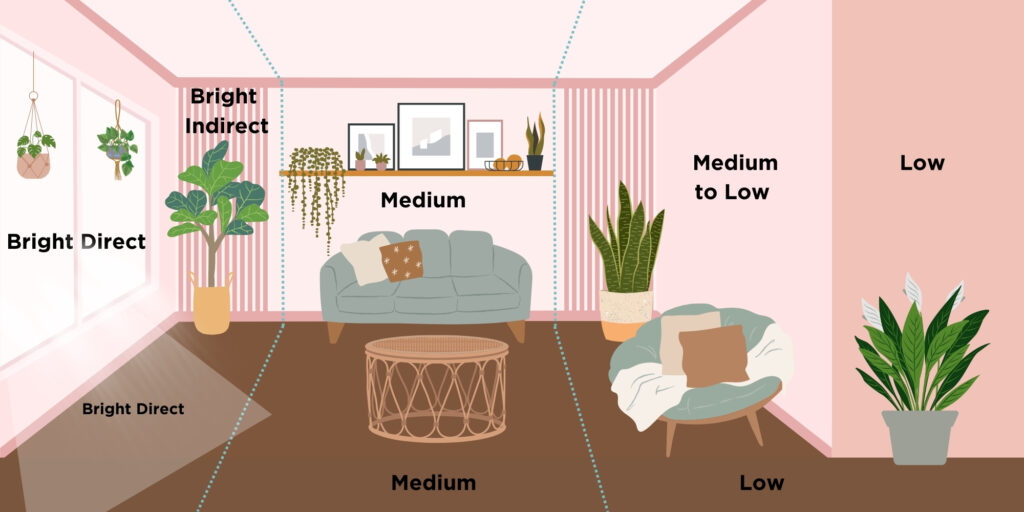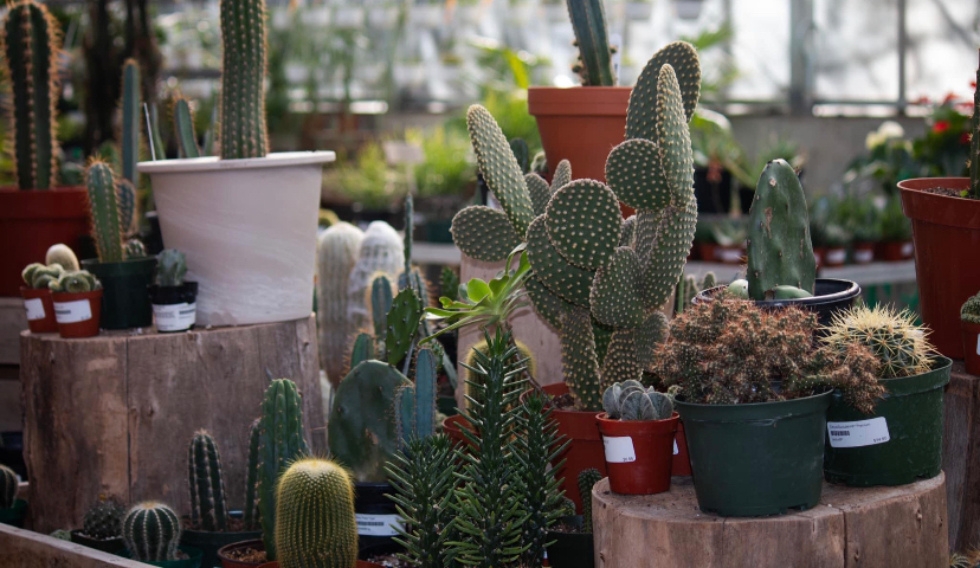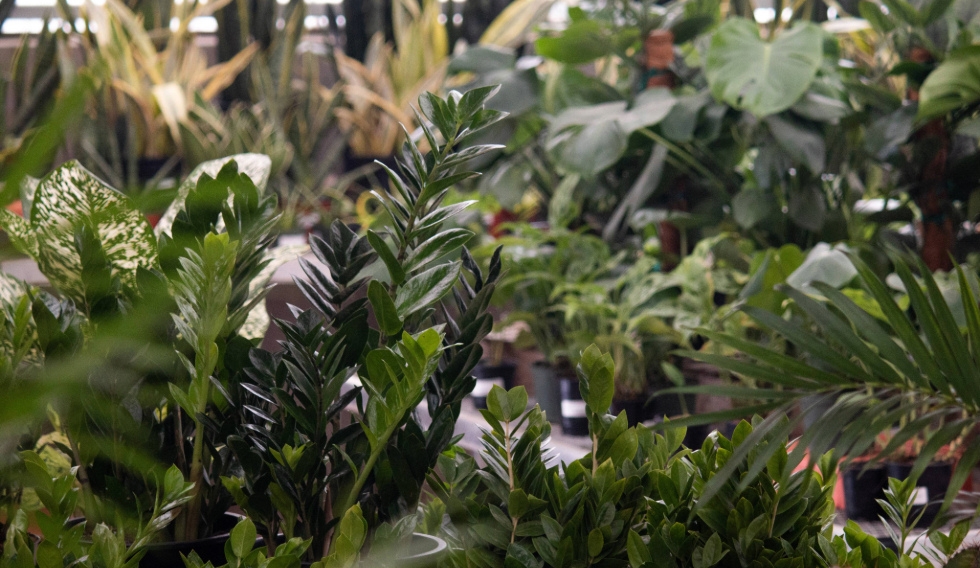One of the keys to success with houseplants is having your houseplants in the proper light. Too much light and your plant leaves may sunburn while too little light and your houseplants may not bloom or grow. Finding the perfect light level for each plant will help your houseplant collection thrive.

Direct vs. Indirect Sunlight
Direct sunlight is when sunlight directly shines on the plant with nothing to block or filter the light. Grow lights can be used to create direct light if your home doesn’t have enough direct light to support your houseplant collection.
Indirect sunlight is when something in the path of the sunlight filters or diffuses the light before it reaches the houseplant. Sheer curtains, furniture, or even a tree outside your window can create indirect lighting. Being next to a window but not in the direct line of sunlight would also be considered bright indirect lighting. There are three types of indirect sunlight that you may come across in your home.
- Filtered sunlight refers to direct light that is filtered by either a tree outside the window or by curtains/blinds in the window.
- Indirect sunlight refers to when you have a plant that is in an area that receives bright sunlight but the plant itself is shaded either by another plant or a piece of furniture.
- Partial Sunlight refers to when the light is direct only for a few hours during the day. This type of sunlight is very common for east-facing windows where there is direct sunlight for a few hours in the morning and then the rest of the day is indirect sunlight.

Lighting Levels
Every houseplant requires a different amount of light to grow and thrive. Some houseplants, like ZZ plants and snake plants, can tolerate multiple levels of light while other plants are very particular about their light levels. Becoming familiar with your houseplants and the proper level of lighting needed will help you succeed as a plant parent.
- High Light- Houseplants that require high light levels need 6+ hours of direct or indirect sun exposure. Some plants that fall into the high light category include: succulents, cacti, fiddle leaf figs, and crotons. While high light plants can tolerate a lot of direct sunlight, always keep an eye out for sunburn on the tips of their leaves. South-facing and West-facing windows are great for high light plants as they provide the most direct sunlight during the afternoon hours when the sun rays are the strongest.
- Medium Light- Houseplants that require medium light conditions can tolerate some direct sunlight, but they usually prefer to have indirect light. Some medium-light houseplants include: pothos, dracaena, ficus, monstera, and scheffelera. East-facing windows are great for medium-light plants as they will get a few hours of direct sunlight in the morning and indirect sunlight in the afternoon.
- Low Light- Houseplants in this category do not require much light. These plants are perfect for rooms that have few windows or rooms where the blinds are often closed. While these plants do not require much light they do still need some light to grow. Low light tolerant houseplants include: peace lilies, ferns, and ZZ plants. North-facing windows are great for low-light plants since they get low to no hours of direct sunlight. *Note while some plants may tolerate low-light conditions they will not grow as big or as fast as they would in medium light.

Where to Place Your Plants
Now that we understand the different light levels, we have to determine where these light levels are in your house. The best way to determine light levels is to walk through your house at various times throughout the day and note where the light is falling. This will help you to determine where the direct sunlight is and how many hours of direct light is available. You can also broadly determine the light levels of your house based on the direction that the window faces. South and West-facing windows provide lots of bright direct light for high-light plants while east and north-facing windows provide indirect light that is great for medium and low-light plants. If you are determining your light levels based on window direction make sure to take into account other factors such as furniture, curtains, and outside trees to make a better determination of the light levels.

